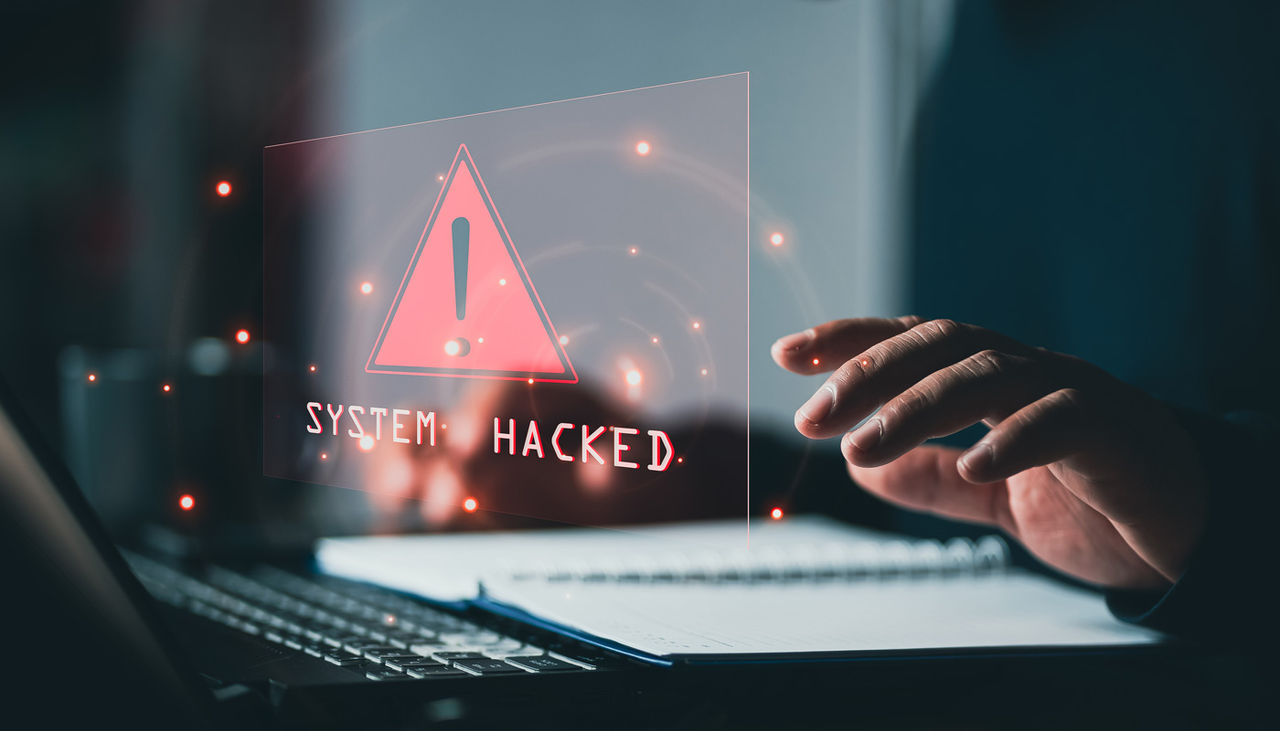To ensure you receive the best service possible,
please enter your zip code below:

Want to be protected?
AAA Members receive daily credit monitoring from Experian—a $49 value—as a free member benefit.

In today’s increasingly connected world, cyber threats are no longer just a problem for businesses—online scammers and malicious criminals are also targeting individuals.
The average household now contains more than 20 internet-connected devices, from smartphones and laptops to smart TVs, baby monitors and voice assistants, all of them vulnerable entry points for hackers who aim to steal data, hold digital assets hostage or commit financial fraud.
As digital attacks grow more frequent and sophisticated, individuals must take cybersecurity seriously. Understanding the risks, recognizing the warning signs and taking the right precautions are essential for protecting your personal data, finances and digital life.
Many consumers are unaware that common household devices can be actively targeted by cybercriminals. Some of the most vulnerable include:
Weak passwords, outdated software and unsecure connections make it easy for hackers to gain access to these devices and the networks they’re connected to. The Cybersecurity & Infrastructure Security Agency (CISA) offers valuable tips to help you protect your digital devices. And check out Identity Scams Unmasked: Protecting Your Personal Information from AAA’s Well Worth It webcast series, which will train you to spot digital threats and show you how to safeguard your personal information.

Everyday users are now the focus of the same kinds of digital attacks that once targeted only large organizations. These include:
Cybercrime can have long-lasting and expensive consequences. Victims may face:

Most standard homeowners policies don’t include protection for cyber theft, online fraud or identity-related crimes. Some policies offer limited identity theft coverage, but don’t generally cover:
With the overall online threat growing, you may want to consider a personal cyber policy. Coverage may include:
Some insurers offer this coverage as an add-on endorsement to homeowners insurance, but a standalone policy often provides more comprehensive benefits.
Does your insurance protect you against cyberattacks? Make sure your insurance is a good fit for you by reviewing your coverage with your local AAA Insurance agent—no matter what company you’re with.
Find an agent
You don’t need to be a tech expert to protect yourself online. These simple actions go a long way:
When faced with an email or text message from a company or the government that threatens drastic action against you, SLOW DOWN. Criminals create a sense of urgency to get us to act without verifying that the email or text message is legitimate. They may impose time limits or make personal threats to get you to respond. Don’t act until you fully understand the situation and have verified their authenticity by first contacting the company or government agency yourself.
Check out the Identity Theft Resource Center for additional tips on how to protect your identity, both online and in physical documents, cards and devices.

If you suspect your information has been stolen or your devices have been hacked:
Cyber threats are increasingly targeting individuals, putting personal devices, data and finances at risk. Protecting yourself with strong cybersecurity practices, staying aware of common cyberattacks, and considering additional insurance options can help safeguard your digital life.
Cyber threats aren't just a concern for businesses; individuals face risks like stolen data, financial fraud and identity theft due to malicious hackers targeting their internet-connected devices.
Many everyday devices in your home can be targeted, including:
Weak passwords, outdated software and unsecured connections make these devices easy targets.
Key types of attacks include:
Victims can experience:
Not all standard homeowners policies include cyber protection. However, personal cyber insurance can cover many scenarios, including:
Some insurers offer these as standalone policies or as an add-on to homeowners insurance.
Follow these steps immediately:
Want to be protected?
AAA Members receive daily credit monitoring from Experian—a $49 value—as a free member benefit.
National Cybersecurity Alliance (StaySafeOnline)
Federal Trade Commission (FTC)
This information is being provided for general informational purposes only. The Auto Club Group does not assume any liability in connection with providing this information.